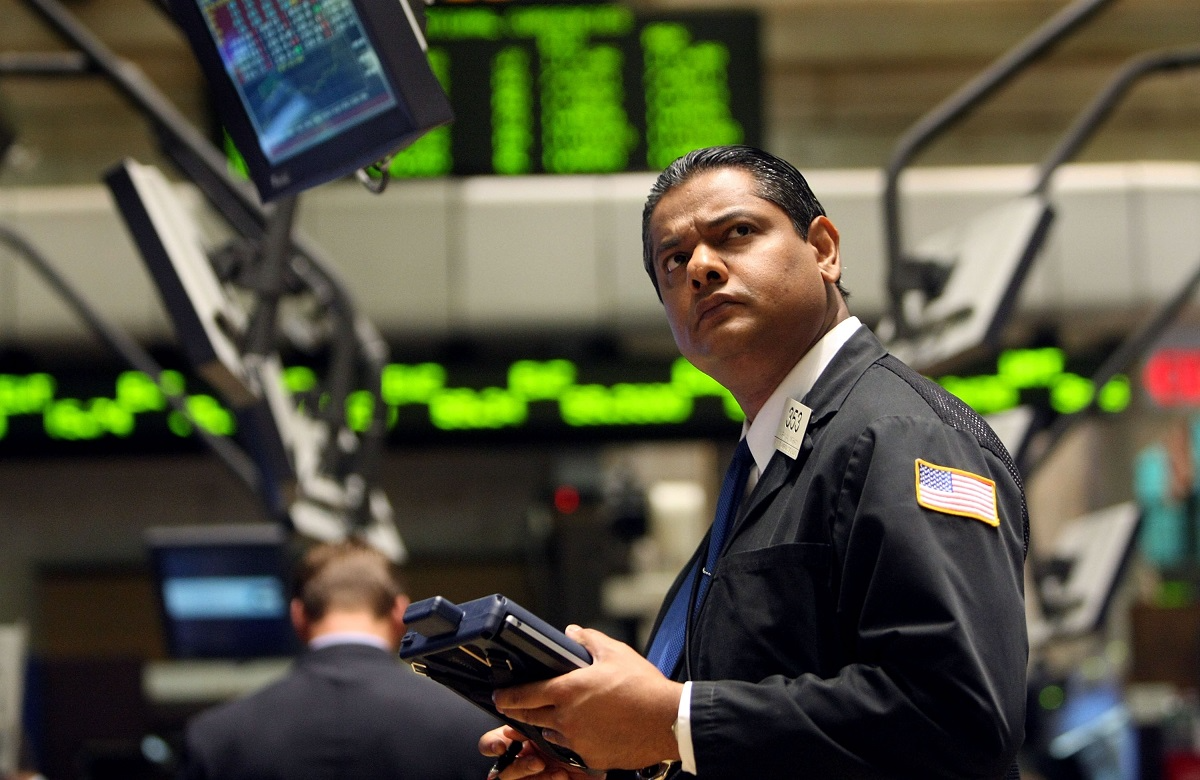
Thursday's gains in the stock market sent the S&P 500 (^GSPC 0.03%) to new all-time highs, with the index gaining nine points today to close at 1,854. But even though the Dow Jones Industrials (^DJI 0.04%) picked up 74 points, the average remains more than 300 points below its record close from Dec. 31. The big question investors are wondering is whether the Dow will manage to make it to new records soon -- or whether the S&P's advance will prove to be the last gasp of the bull market as it approaches its fifth anniversary.
What's holding the Dow back?
The big reason why the S&P has managed to make it to new record highs before the Dow stems from where the biggest gains in the stock market are coming from. So far this year, the best-performing sectors of the market have been utilities and health-care-related stocks. Obviously, the utilities are unrepresented in the Dow Jones Industrials, as the Utilities Average has exclusive access to those strong performers. As a result, the S&P has gotten a boost that the Dow has missed out on from utility stocks.
For the health-care industry, the reasons for the S&P's outperformance are a bit more nuanced. Pharmaceutical giants Pfizer (PFE +0.24%) and Merck (MRK +0.34%) have ranked among the top performers in the Dow this year, with Merck leading the way with a 13% increase so far in 2014. Yet in the price-weighted Dow, neither Merck nor Pfizer has particularly much weight, as their share prices of roughly $57 and $32 are well below the average among all 30 Dow stocks.
More importantly, the strongest moves in health-care have come from biotech stocks, with companies like Biogen Idec leading the charge higher that has sent many smaller companies up much more dramatically. The Dow has no biotech exposure, but the S&P has plenty of it, with about 20% of the S&P's health-care sector composed of biotech stocks.
Moreover, merger and acquisition activity has helped boost the S&P's prospects in health-care more than the Dow's. The biggest deal so far in 2014 has been Actavis' buyout of Forest Laboratories (NYSE: FRX), which sent Forest Labs stock up 65% since the beginning of the year. As an S&P component, Forest's gain helped contribute to its reaching new record heights. But for the most part, Dow stocks tend to be acquirers rather than targets in M&A activity, and that prevents their shares from seeing the huge increases that some S&P stocks are fortunate enough to encounter.
What's next for the Dow?
Of course, with the Dow resting less than 2% below record levels, it wouldn't take much for the average to join the S&P at new highs. If the stock market's advance continues just a bit further, the Dow might end up celebrating the fifth birthday of the bull market with a record close of its own.








